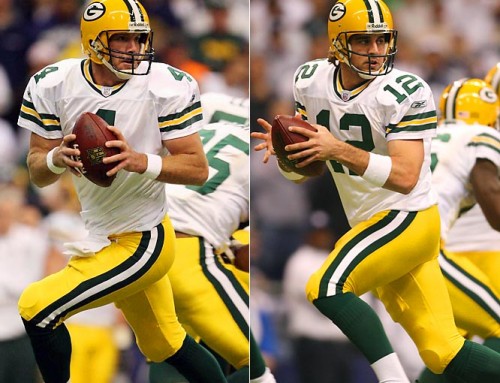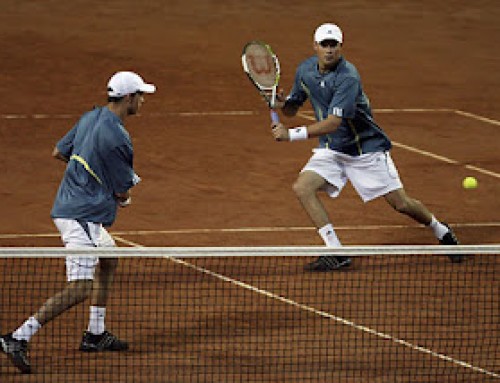
Welcome Essential Tennis readers! It’s great to see the community here at EssentialTennis.com start to grow, and I hope as it does more and more people can improve their tennis game.
If you’ve read many of my blog articles, or listened to many of my podcasts, you know what I’m a huge proponent of coming to the net, both in singles and doubles play. Not only does coming closer to the net give you positional advantage over your opponent, letting you see more of their site of the court allowing you to attack more directly, but you take time away from them at the same time and pressure them.
Starting to make coming to the net a part of your overall tennis strategy means that sooner or later (probably sooner) you’re going to get lobbed. This is a good thing! When your opponent puts up a lob it means they’re falling back on the, highest, slowest, and most defensive shot in tennis. When that happens, it means you’ve done your job to pressure them and they’re giving you an opportunity to put the ball away. Are all lobs going to be easy to put away? Certainly not, some opponents will have better touch than others and hitting a strong overhead on their deep lob is going to be a challenge.
So how do you hit an overhead correctly? I’ll break down the basics into three main parts below.
1. The turn
When that lob goes up into the air you only have a limited amount of time to take advantage of it by getting into a good position to hit an aggressive overhead. The very first thing we must do is turn our body and hitting arm so that both the feet and shoulders are perpendicular to the net with the racket back in an “answer the phone” position. This does two things. Firstly it gets your body in a position to move back in balance, rather than back pedaling with your chest facing the net. Secondly it rotates your core and shoulders so that when we do get into a good position the whole body can be used to rotate back forwards again into contact. Both these things are essential to hitting a solid overhead, the ability to move and position, and the ability to rotate and hit a strong shot.
2. Positioning
After you’ve rotated to the side and taken the racket back you must immediately start making movements to get underneath the ball. The best overhead swing technique in the world does nothing for you if you’re not in position to actually use it, so footwork is huge. I often have students point up towards the ball with their opposite arm as they rotate to the side. This does two things: makes sure that a good rotation was achieved, and it also is a great aid in tracking the ball and moving to the right spot. If your position under the ball makes it possible for you to reach up with your opposite hand and actually catch the ball then rotating your dominant side forwards and up towards that spot in the air should make contact quite easy and comfortable. So have a partner hit some lobs in the air and practice rotating to the side and catching them with your non dominant hand, not making an actual swing at the ball. After completing this several times in a row position yourself in the same way, but this time rotate forwards and reach up with the racket to make contact.
3. Contact
Contact should be made with a full extension of both arm and shoulder, with your racket face square to the ball. At contact your body should be back to parallel to the net having made a 90 degree turn into contact, using that strength in your core and shoulders. Hopefully your positioning was good, and you can make this swing at the ball while in balance, being able to make an aggressive swing at the ball. If your overhead hits the net, make sure that you’re making an upwards swing towards the ball. Only if you’re very close to the net can you actually swing downwards and actually spike the ball. If you’re at the service line or behind you’ll have to make an upward swing to clear the ball over the top of the net. If the ball sails long, then your racket face was open (tilted upwards) at contact. Its very important your face is square to the ball at contact or else hitting the ball aggressively isn’t possible without missing long.
I know I just went over a lot of technique things, and they could all be described in greater detail. I wanted to simply go over the most important points of hitting a solid overhead. Other important technique things include the grip that you use and the racket face when you take your racket and dominant shoulder back initially. I will go over these in the future.
As always, thanks very much for stopping by and spending time at Essential Tennis. If you ever have any questions or comments feel free to let me know. I look forward to continuing to help everybody improve their tennis!
-Ian




